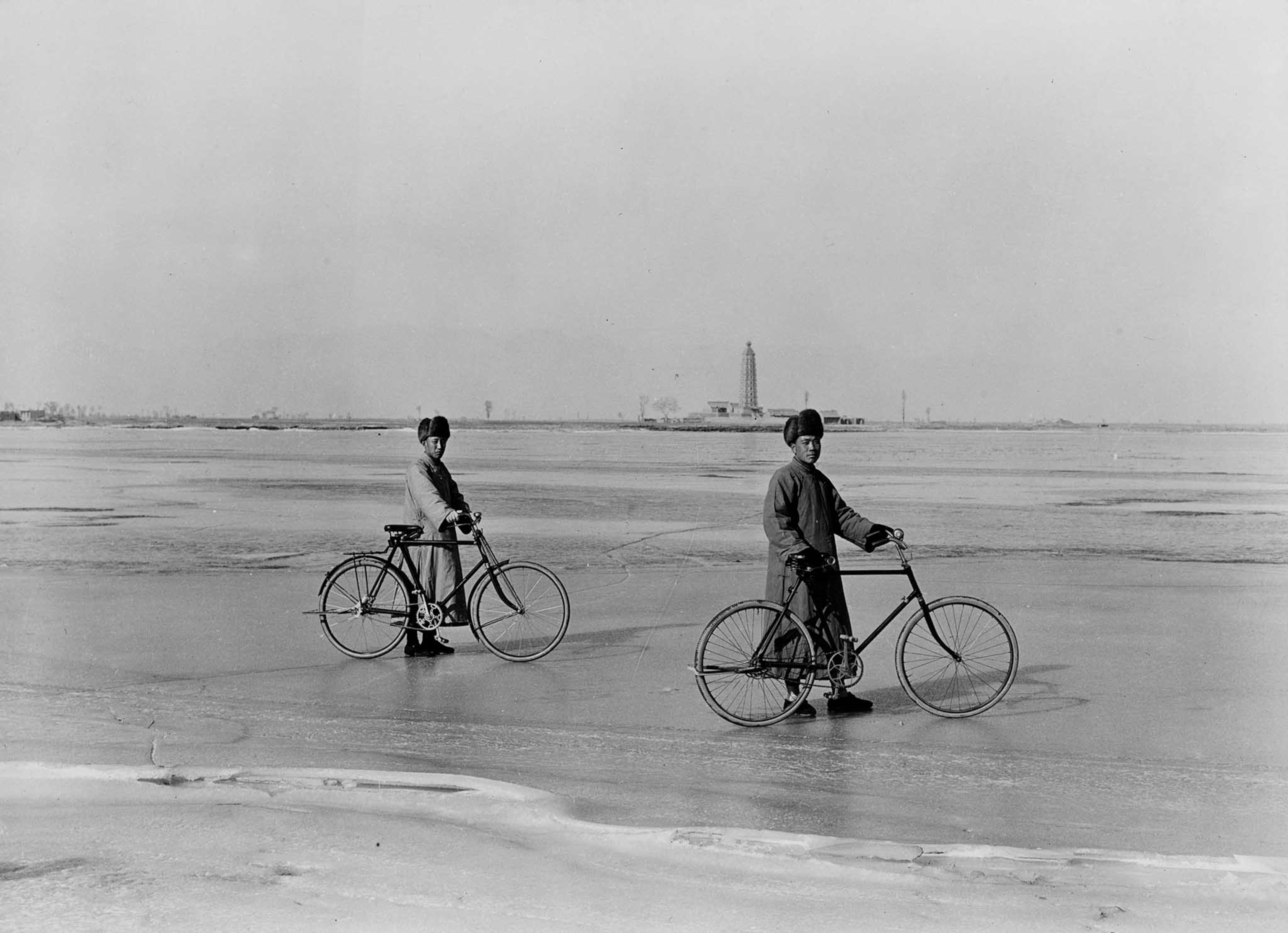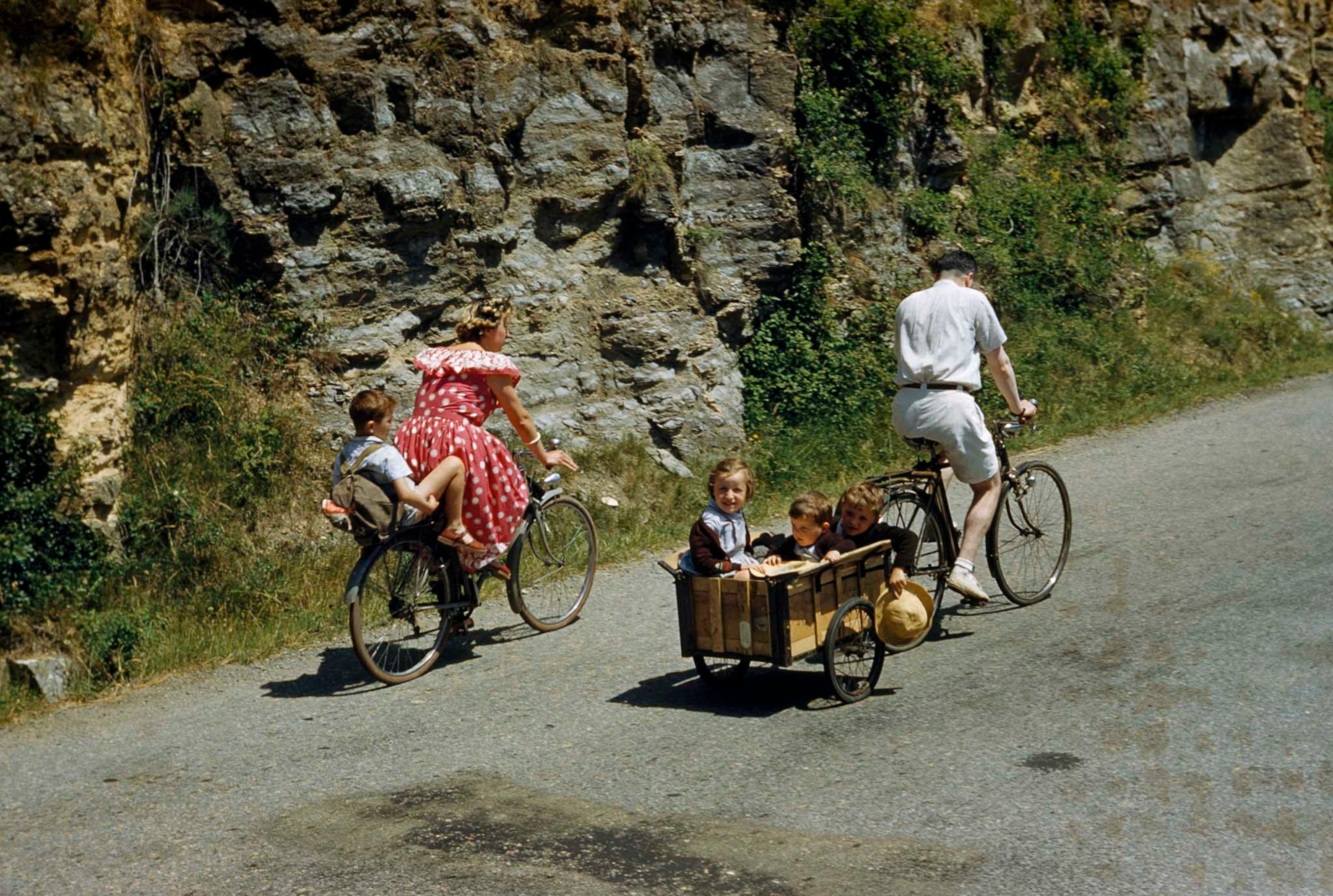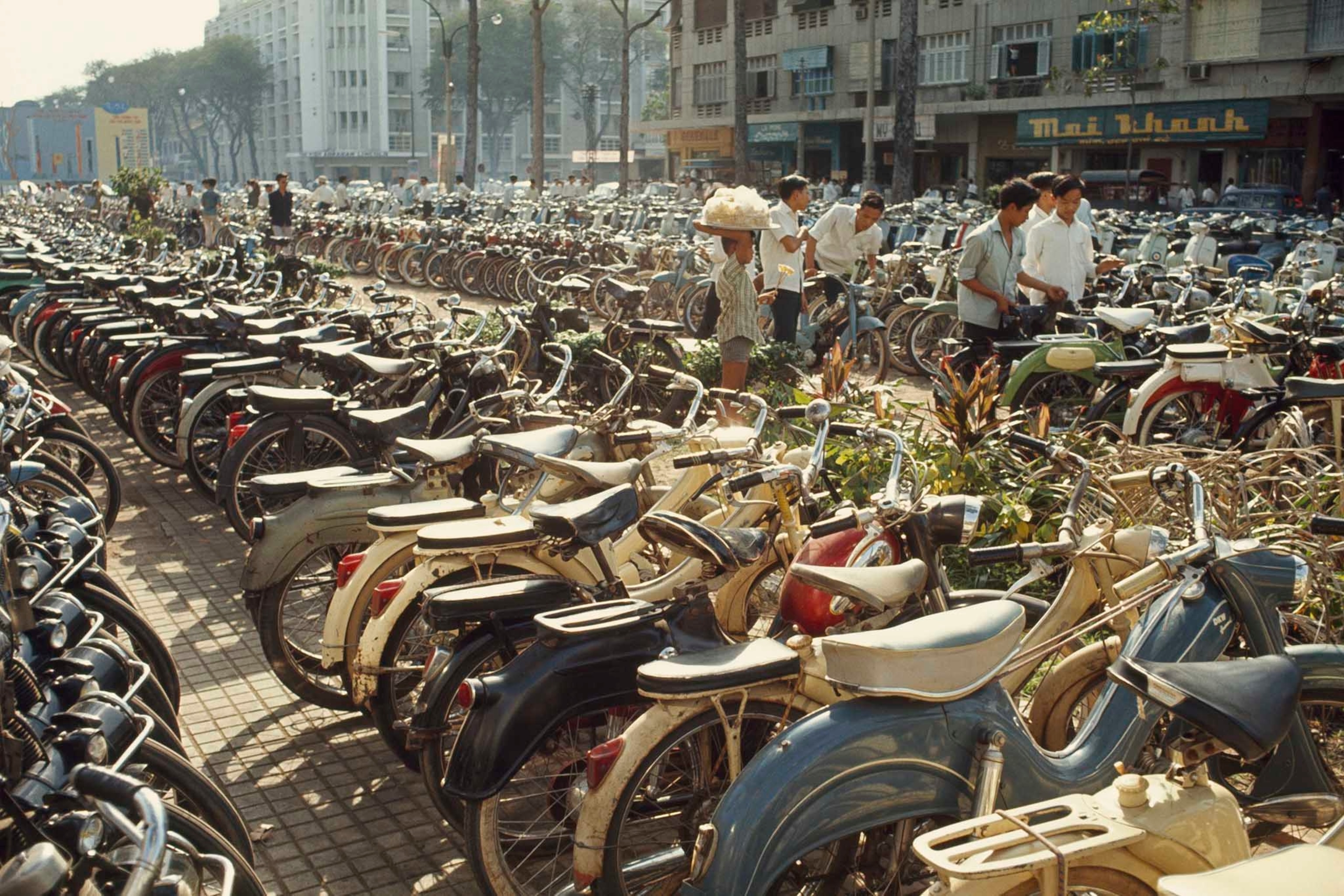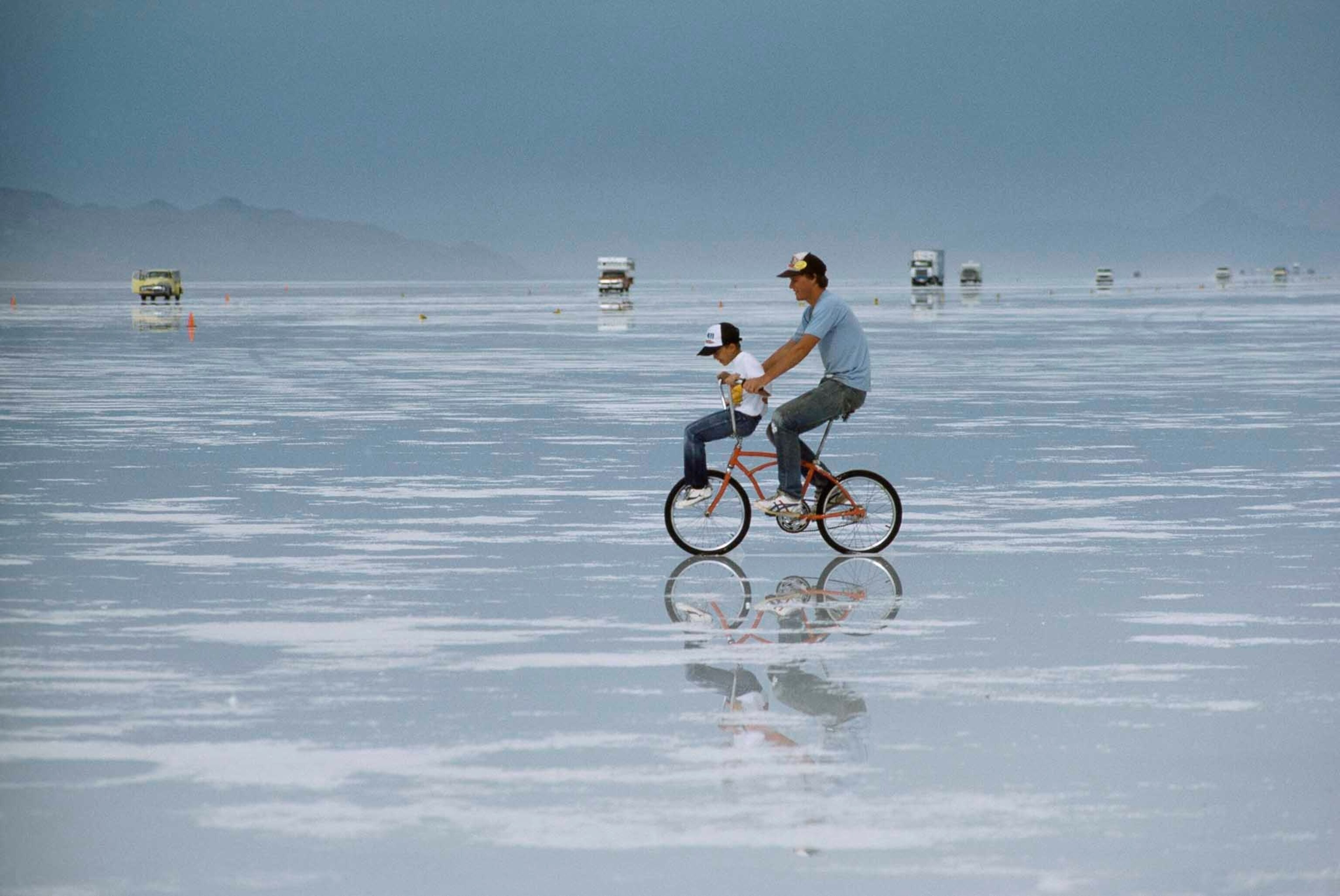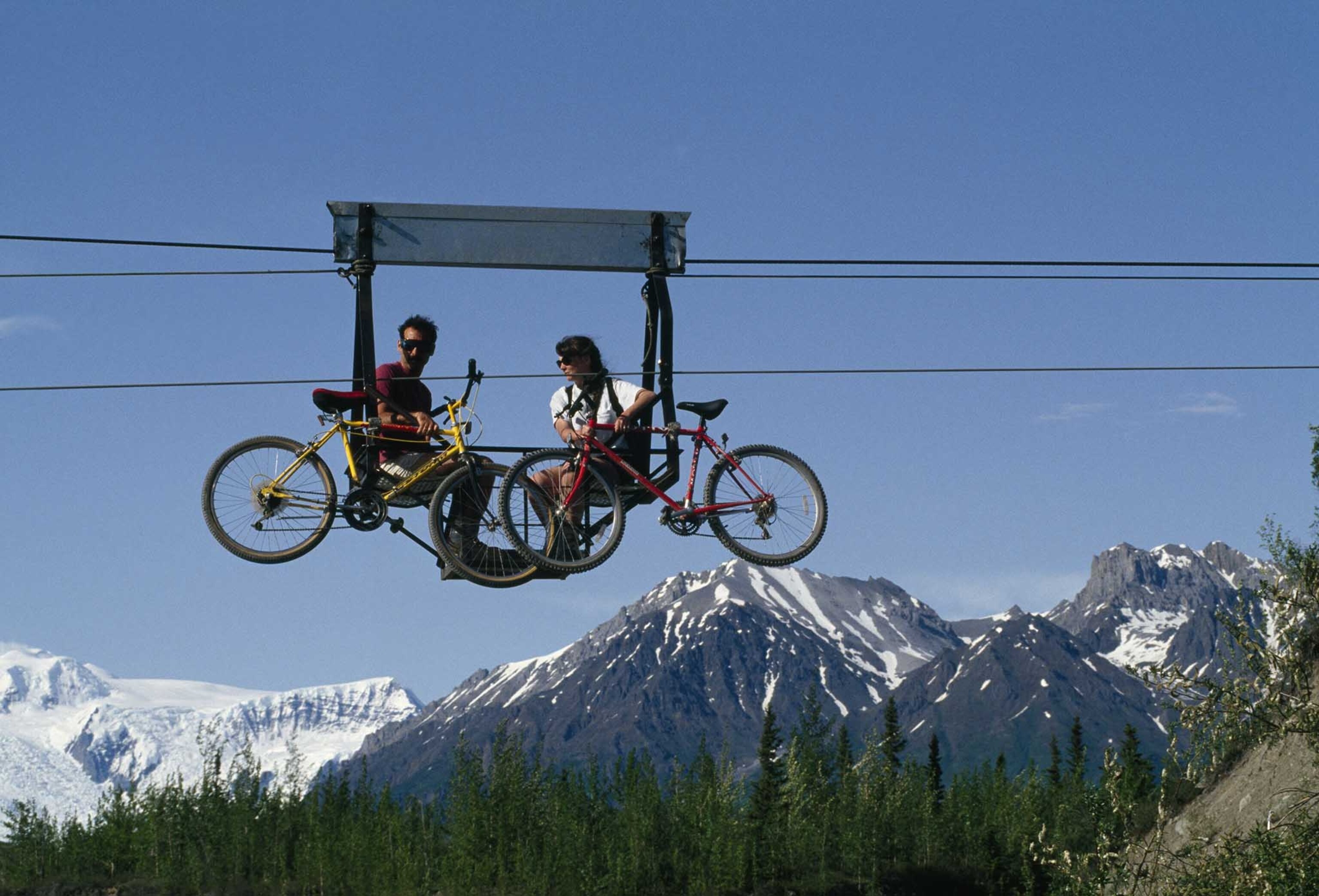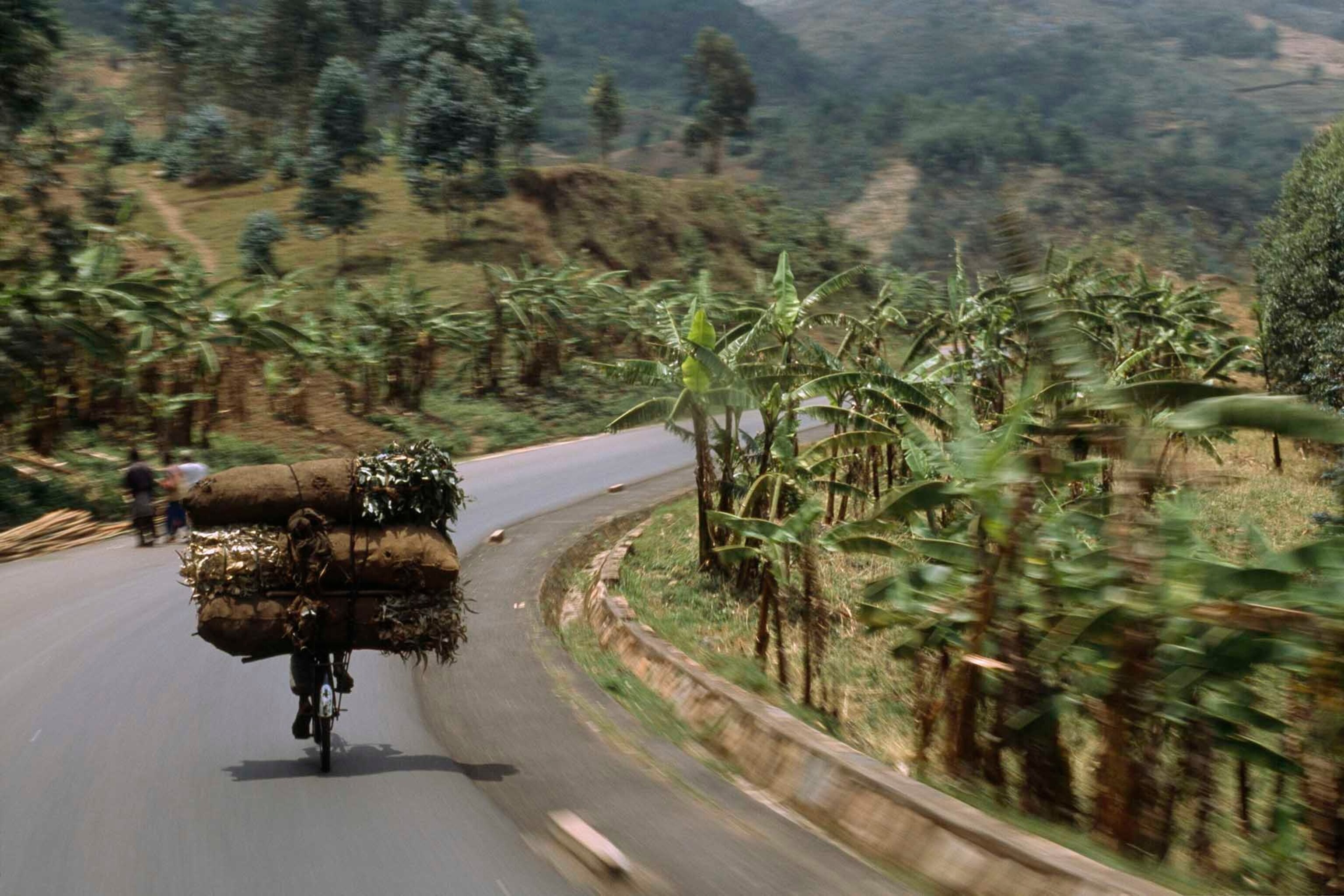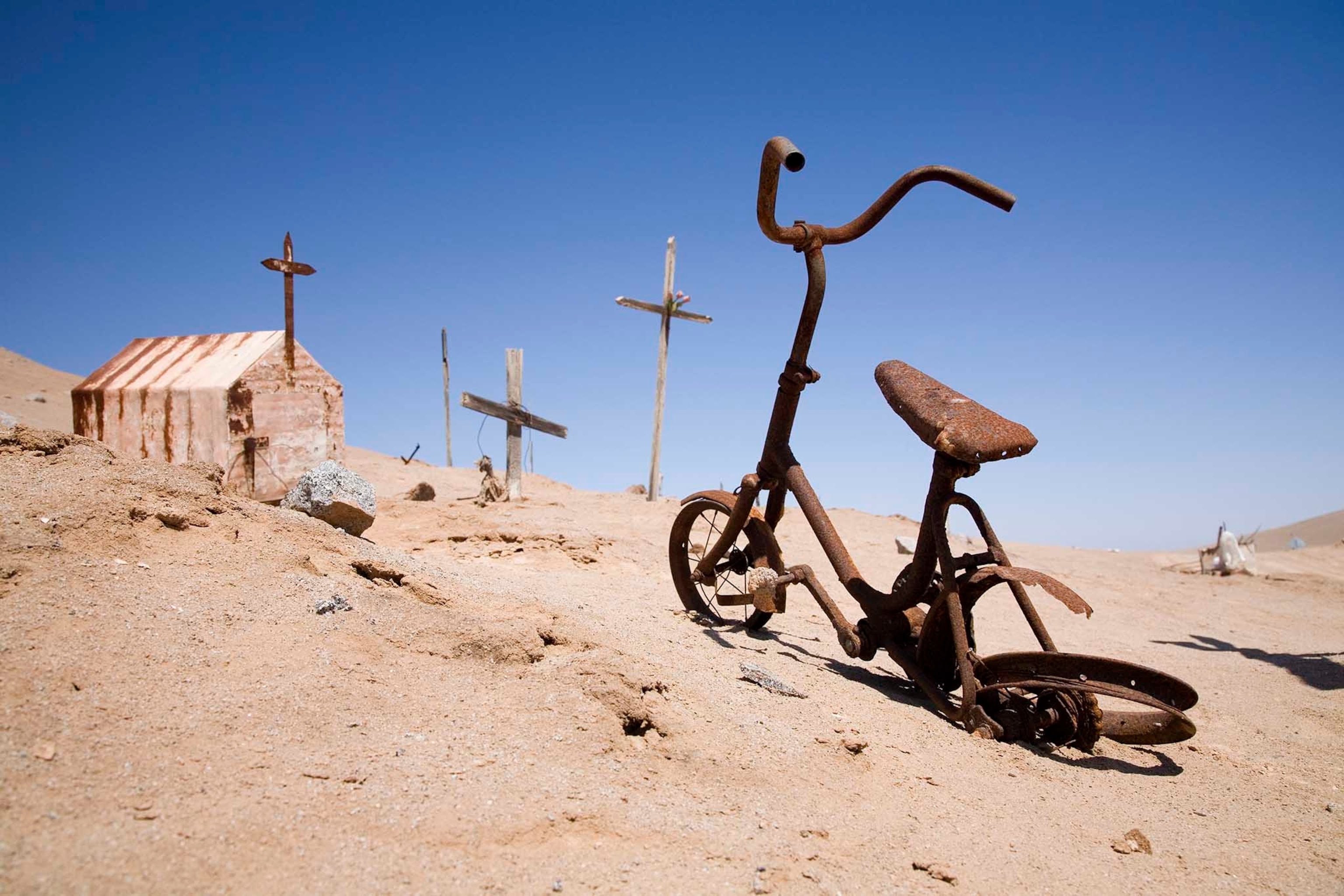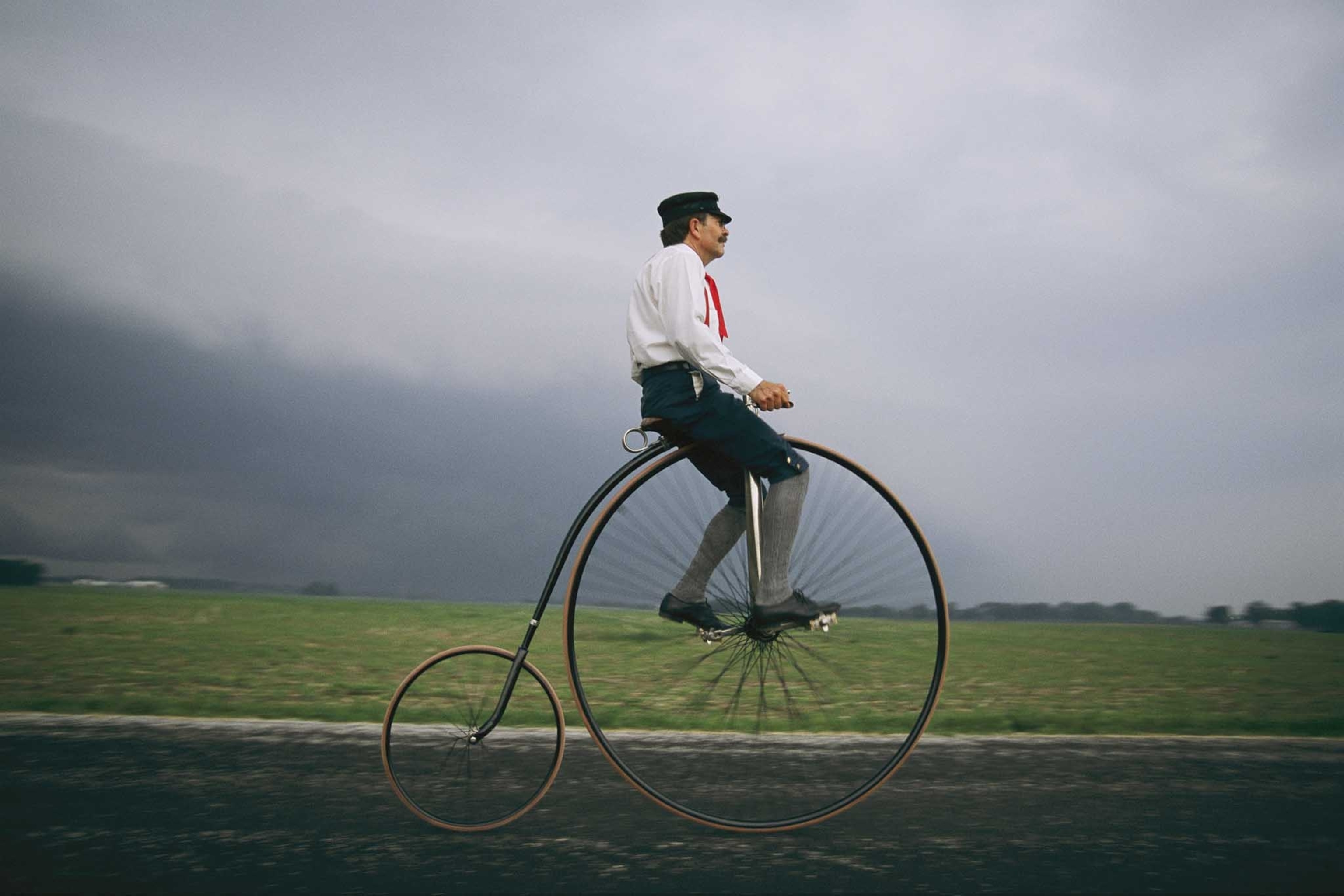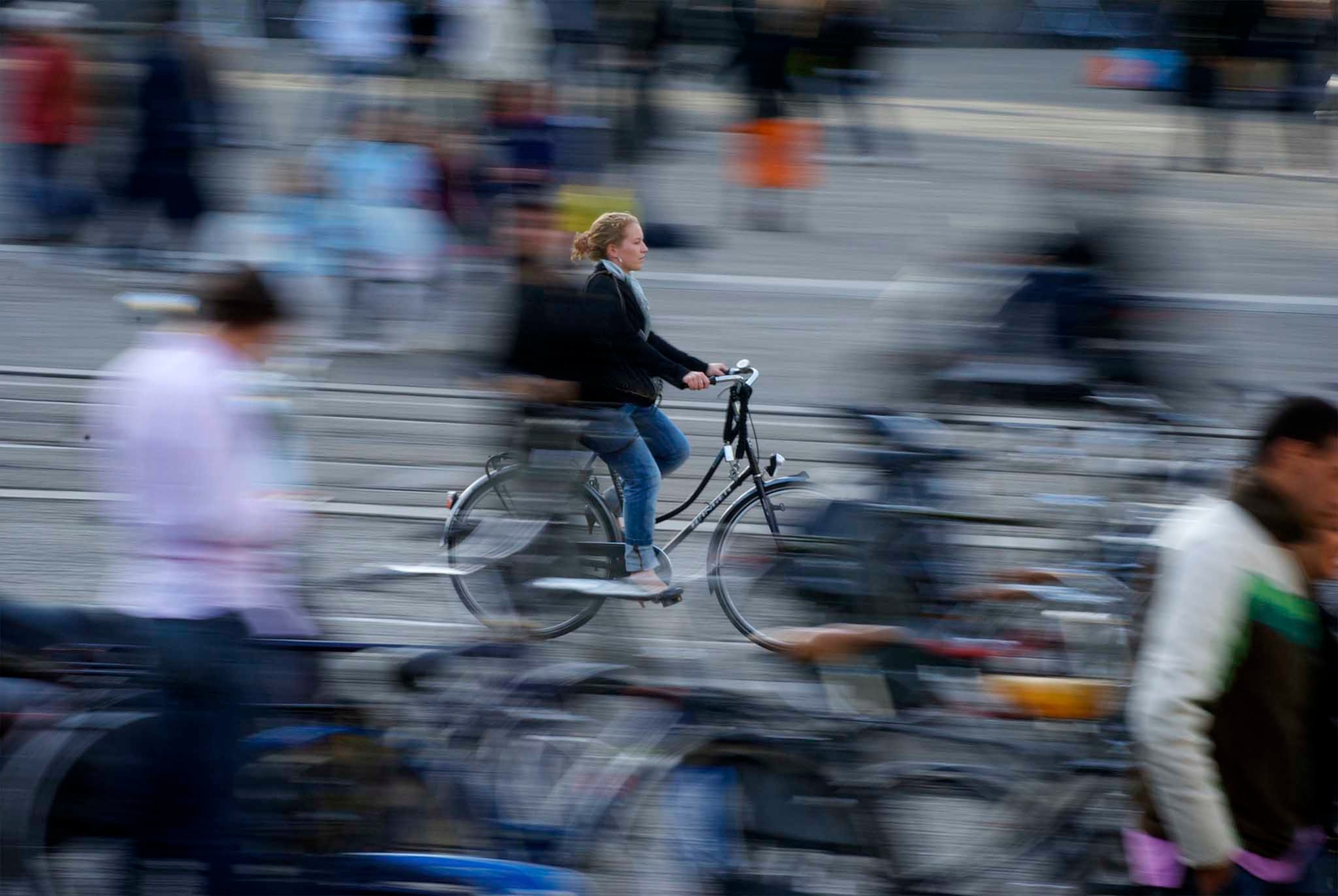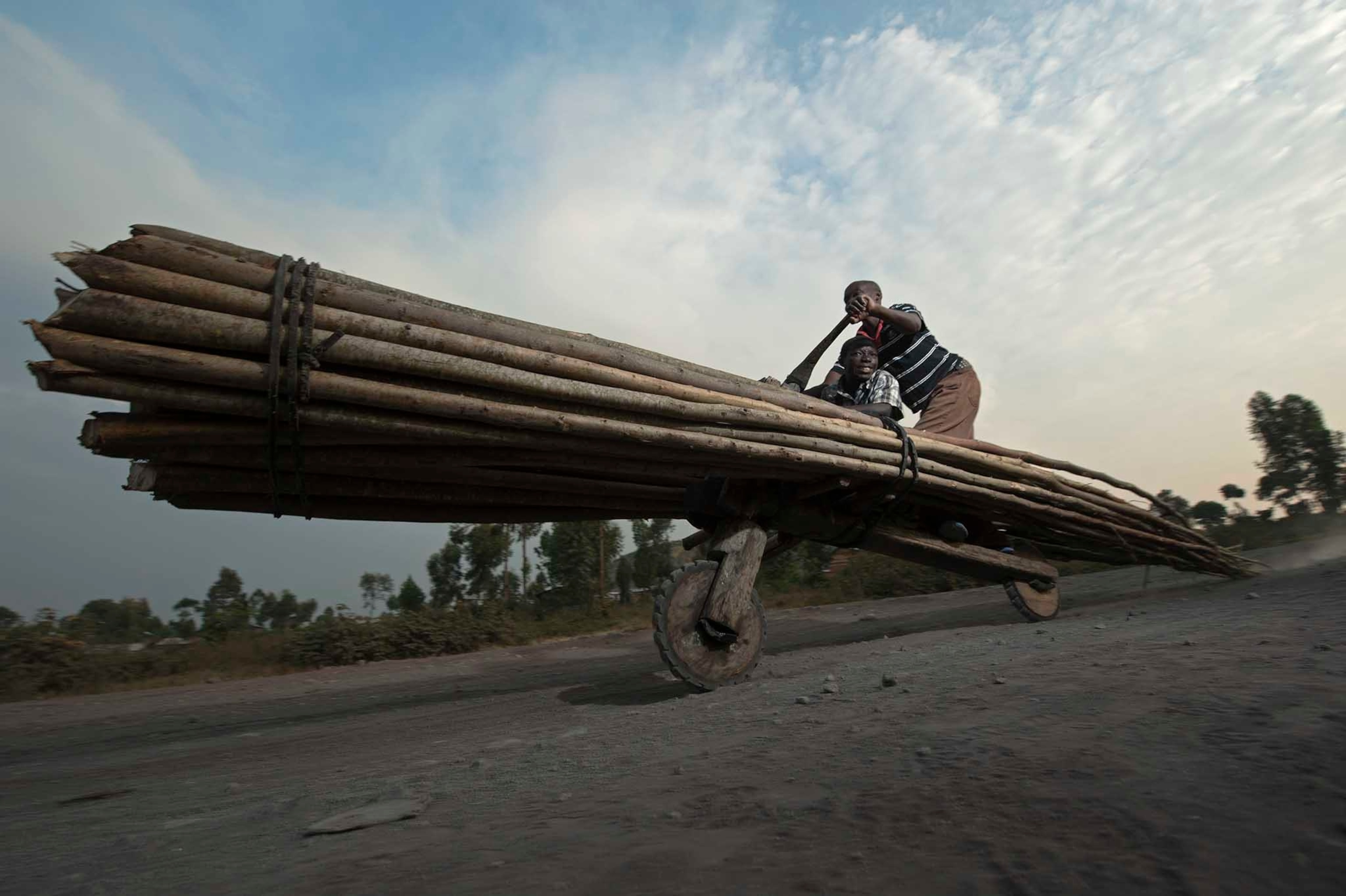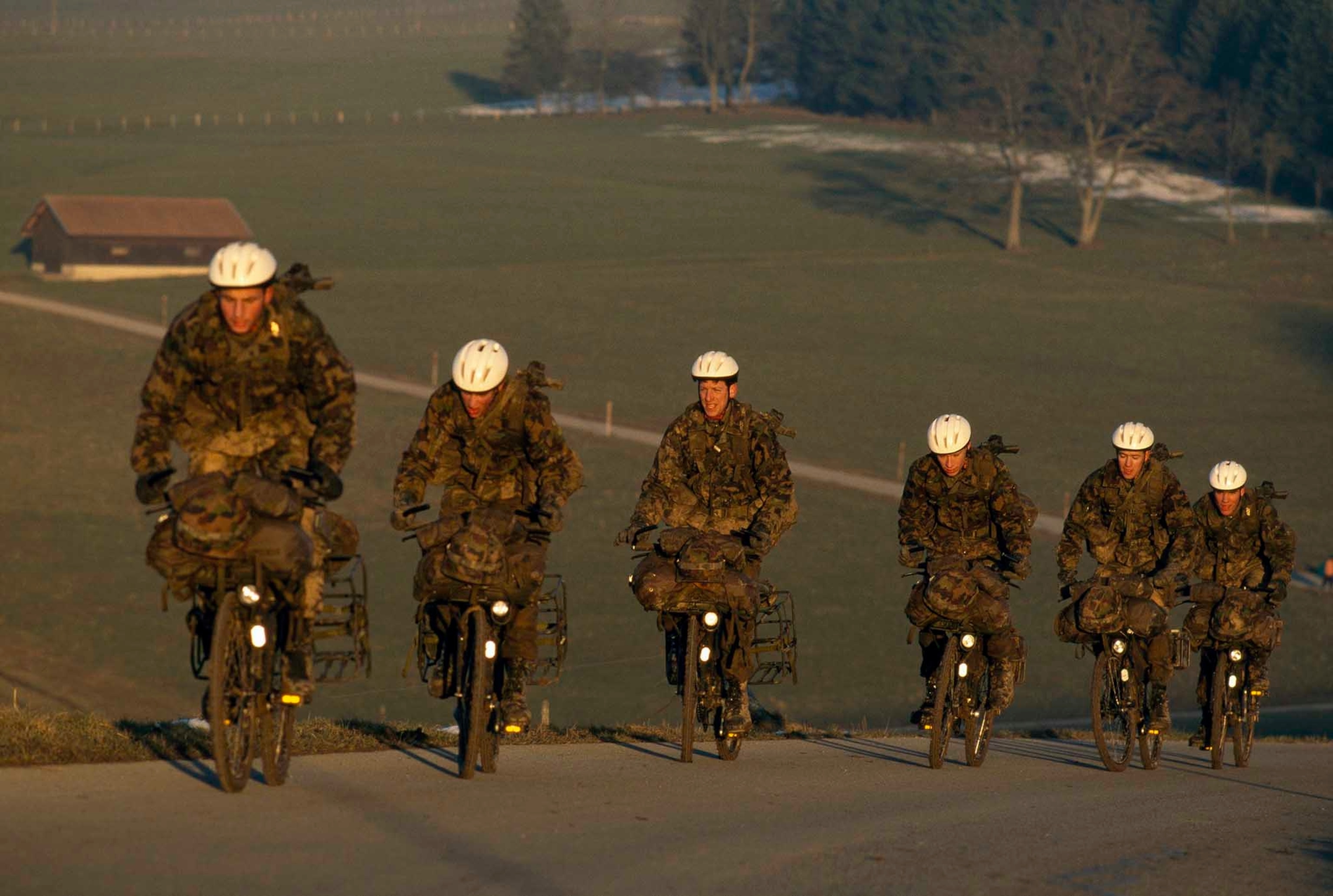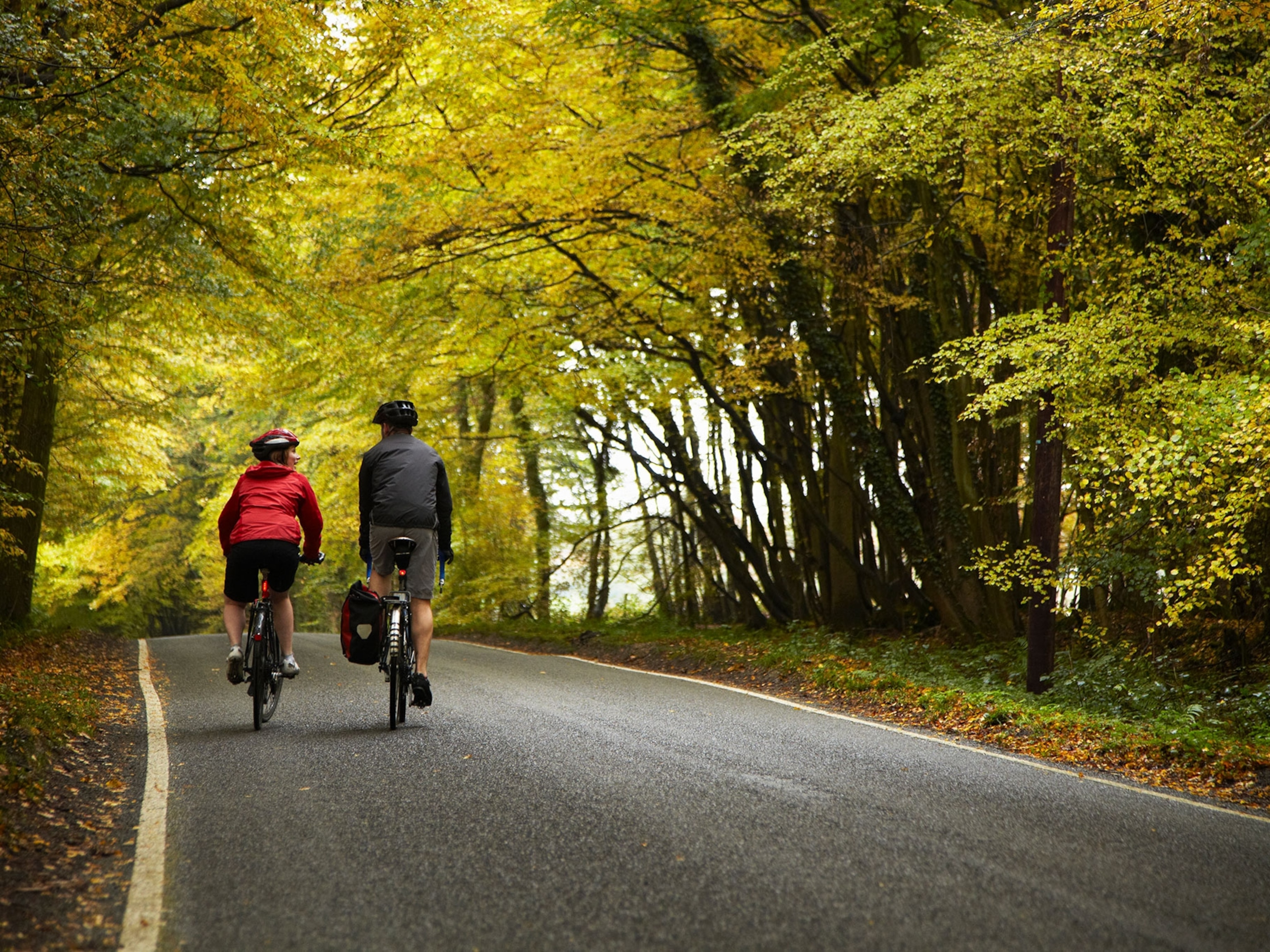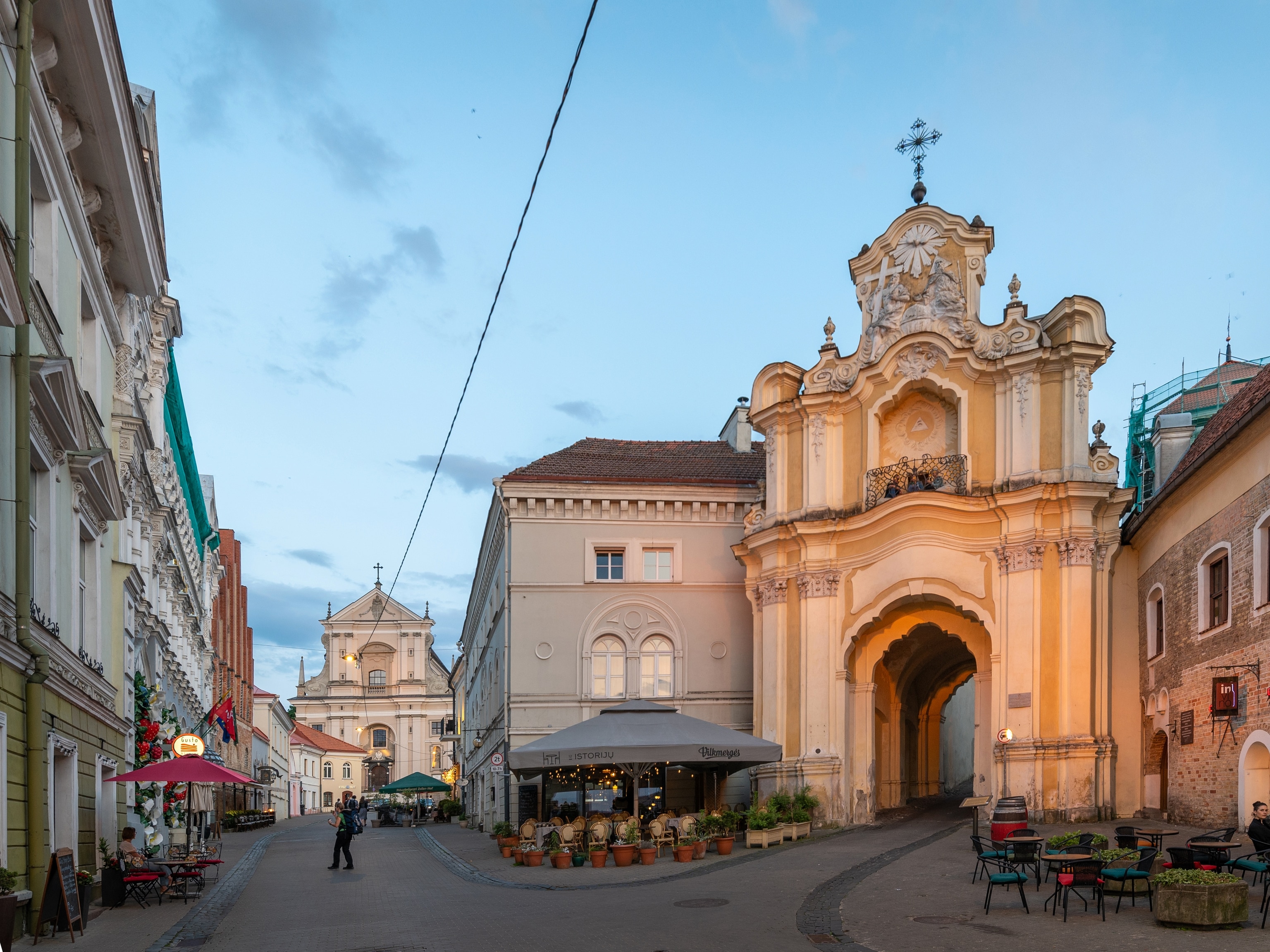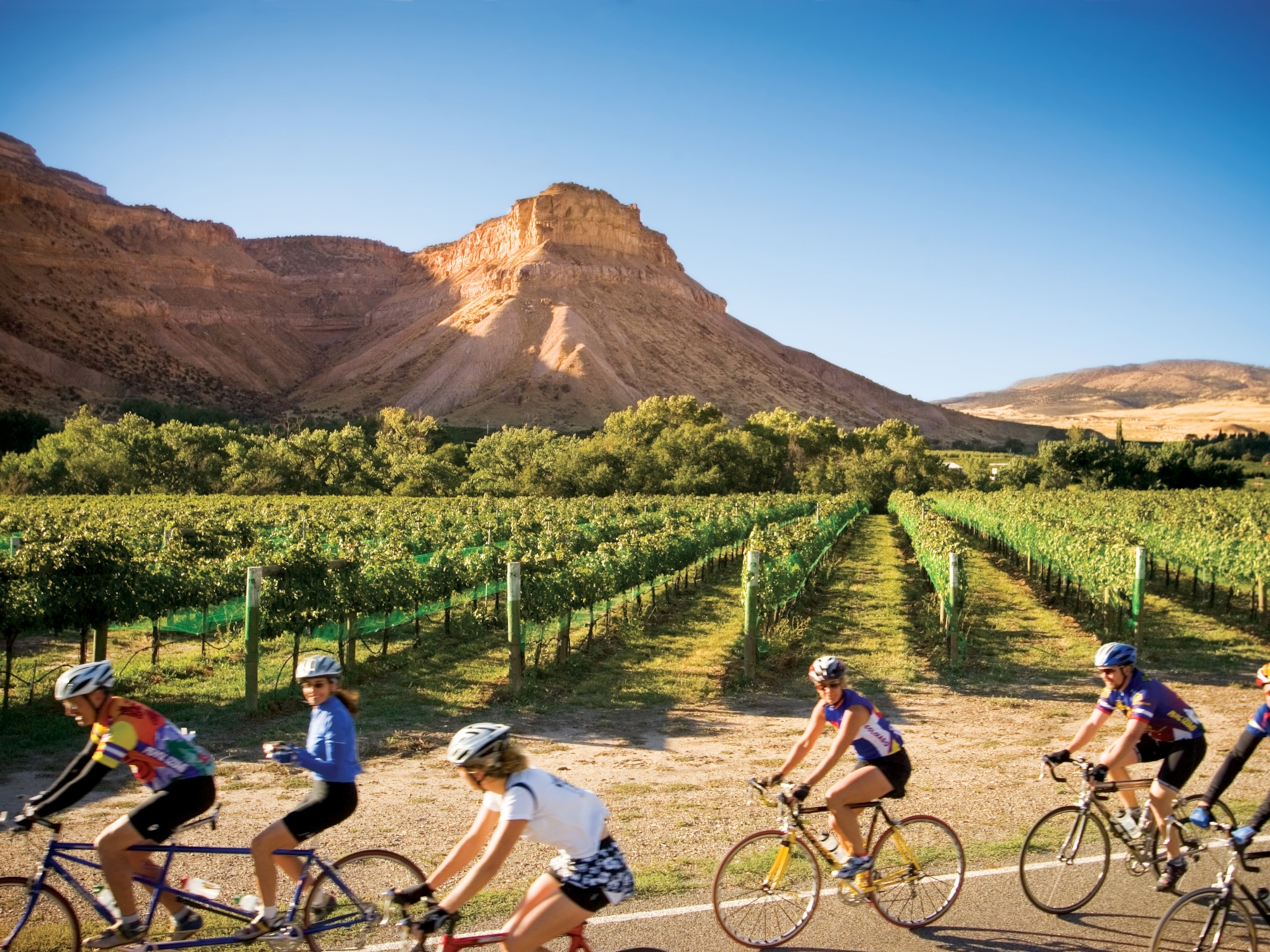
Biking is the best way to see a city—and it’s good for the planet
Take a spin through five cities that have built bike lanes for sustainability and fun.
H. G. Wells once wrote, “Every time I see an adult on a bicycle, I no longer despair for the future of the human race.” The bicycle is possibly the most efficient form of transportation ever devised. If one converts calories to gasoline, a bicycle gets 1,000 mpg—the average American car, 25.
In terms of traveling green the difference between renting a car and riding is profound. According to the EPA, carbon dioxide accounts for 95 to 99 percent of automobile-generated global warming emissions; a typical rental car spews out almost one pound of CO2 per mile. In New York City, if just one out of 20 people switched from taxis and private cars to bicycles and public transportation, it would save 150 million pounds of CO2 emissions a year, the equivalent of planting a forest 1.3 times the size of Manhattan island.
The efficiency of cycling extends to time. Pedaling around a city with dedicated bike lanes (such as New York City, where a three-day bike-share pass costs a mere $24) often takes less time than commuting by taxi, bus, or subway. The average American commuter spends 42 hours a year stuck in traffic. So why aren’t more Americans bicycling, especially when they visit cities?
In fact, they are. In the past decade the number of people riding bikes has doubled. More than 100 million Americans rode a bike in 2014, and 45 million used their bicycle for transportation. Hundreds of cities across the United States, D.C. to Denver, Salt Lake City to San Diego, Austin to Atlanta, are building bike paths.
New York City has added 54 miles of bike lanes every year since 2007; Chicago has added 27 miles of bike ways annually since 2011. Some 70 percent of American mayors would prefer more bike paths than more car lanes or parking lots. In 2015 Minneapolis became the first American city to be listed among the world’s top bike-friendly communities. Its Midtown Greenway, a 5.5-mile bicycle path, once a railroad corridor, is open 24/7, lit at night, and plowed during the winter. It has thousands of daily users. In 2014 Atlanta won a prestigious environmental rehabilitation award for its revitalization of the Beltline, a 33-mile greenway (also once a railroad track) specifically for bicycling and walking. (Check out this new bike path that connects eight European cities.)
Dockless bike-share pioneers such as Spin and Jump have been brightening cities for years with their colorful bike frames (although some bike-share companies are now shifting gears in favor of electric scooters). Most dockless rentals cost about $1 for 30 minutes. Riders download an app, locate a nearby bike, and use their smartphones to unlock and pay for their ride, parking the bike at their final destination rather than docking at a permanent station.
Dozens of cities around the world have adopted bike-share programs or have established dedicated bike lanes. Here are five cities perfect for exploring by bike because of their well-managed infrastructure (designated bike lanes, roadside rentals, international airport access), sense of biker-friendliness (from both drivers and pedestrians), and visual appeal (easy to look at and get around).
Montreal
With more than a thousand miles of bike paths it’s easy to get around Canada’s mostly flat second-largest city. For North Americans, the French language, cuisine, and architecture make Montreal feel like the quickest escape to Europe. Trip tip: Pedal along the Lachine Canal for an excellent view of the skyline.
Ljubljana
Rich in Renaissance and baroque art and architecture, the capital of Slovenia is one of the world’s best cities to see on bike. Not only does it offer more than 150 miles of bike lanes, Ljubljana’s city center is wonderfully flat and compact; some portions do not allow cars and are open only to pedestrians, cyclists, and a few electric taxis. Trip tip: The city has more than 20 bike rental stations and the first 30 minutes are free.
Berlin
Germany’s capital has more than 500 miles of bike paths (about the same number as Amsterdam), and there’s plenty to see in this historic and mostly flat city. Berlin’s streets prioritize cyclists; motorists and pedestrians are equally accommodating. Trip tip: Bike along the histroric Berlin Wall to see where former watch towers stood and explore the East Side Gallery—one of the largest open-air galleries in the world.
San Francisco
While famously hilly, San Francisco rewards cyclists with stellar views and sensational cuisine. Over the last decade, the city has invested more than 100 million dollars in cycling infrastructure, establishing more than 200 miles of bike lanes. Although both Portland and Seattle are known for being excellent commuter cities for bikers, neither can compare to the City by the Bay. Trip tip: Zigzag through “The Wiggle”—one of San Francisco’s iconic paths that gives cyclists scenic views of the Golden Gate Park and the famous “Painted Ladies” row houses of Alamo Square.
Tokyo
The world’s largest metropolis is surprising in countless ways—including its impressive number of designated bike lanes and divided sidewalks for both bikers and pedestrians, which make Japan’s capital one of the best cycling cities on the planet. Trip tip: Between exploring neon streets and tranquil gardens, wheel over to Tokyo’s New National Stadium to sneak a peek of where the 2020 Summer Olympics will be held.
- National Geographic Expeditions


